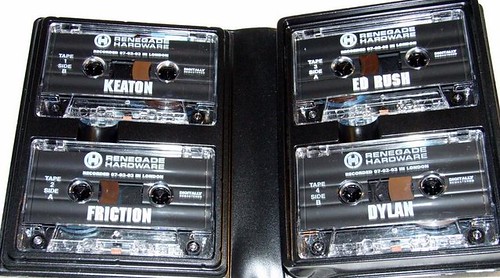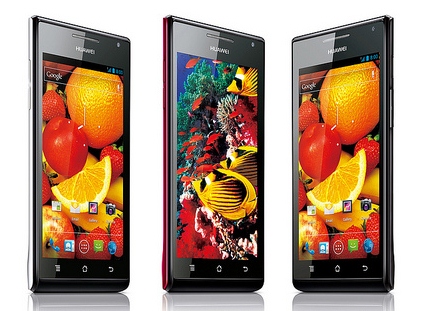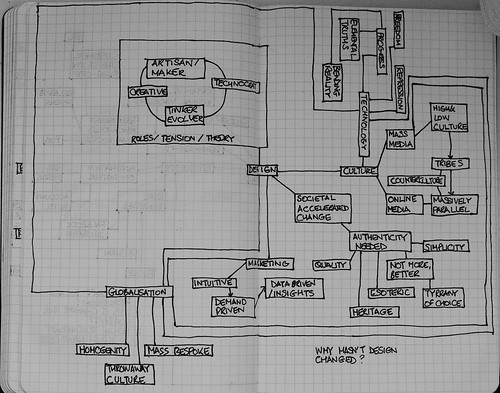Back in the day many computer games, audio books and language course used to come in a book sized moulded plastic sleeve lined with four or six cassette tapes called a tape pack. There would be a sleeve that would take a cover on the outside like a DVD film case (or a VHS film case before it). The boxes were pretty flimsy but they did better than the brittle plastic that went into cassette and CD album ‘jewel cases’.
From the early 1990s through to the early noughties the tape pack took on a new cultural significance.
Organisers of nightclub events quickly realised that consumers who couldn’t afford to attend every event could still be sold the evenings sound track on a series of tapes. Also people who had been often wanted to relive the night listening to the tapes on their Walkman, at home on the stereo, or as was usually the case on the car stereo. In the same way that I bought records by certain artists, remixers and record labels; club goers would by tape packs by their favourite DJs; given that a big name could play four sets on a Saturday night, they maybe chasing down £60 of tapes for that week.
The boxes acted as a bill board for the club with flyer art on the front that parodied famous brands, were surreal or had fantastic themes with boasts of five or eight kilo-watt audio systems by TurboSound alongside details of the number of smoke machines and lasers in the club.
DAT machines started appearing in the DJ booth. Even a wine bar that I played garage sets in on a Wednesday night had a HHb professional DAT recorder (that would have been at home in a recording studio as a tape machine for mastering albums) underneath the counter of the DJ booth.
Tape packs were big money for club promoters and the independent record shops that supported the dance music scene at the time. tape packs jostled for shelf space behind the counter with racks of records. I am partly convinced that the C-90 cassette format was responsible for DJ’s working 90-minute slots at a club. The tape pack started a long slow decline. The writing was on the wall with the rise of the super-club who looked to have a record label, alongside their fashion brand and club nights. DMC had shown the way with Mixmag Live – the first legal mix series.
With the notable exception of the Ministry of Sound; the focus moved from the club franchise to the DJ; and DJ’s got their own production record deals with the dance imprints of major labels.
Secondly, since recording a CD at first meant going into a studio, big name DJs used technologies like Digidesign’s Sound Tools and Pro Tools audio editing and production software to clean up their mixes, mould them and sound a lot better than they really were. These mixes has more in common with studio megamixes like Mirage’s Jack Mix series or and edit mixes a la Chris ‘Steinski’ Stein and Danny Krivits than DJing; but their superior flawless quality was more popular with consumers.
The reason why this decline was slow was partly due to market forces; whilst the Discman replaced the Walkman as the personal stereo of choice; CD production took a long time to come down in costs to tape duplication and in-car audio still had a large installed base of cassette head units.
In addition, early car CD units jumped and skipped tracks with every bump in the road and the cartridge units that held the CDs often scratched them. Fragmentation of dance music into different genres (and socio-economic classes of audiences if we’re honest about it) and in particular the reliance of happy hardcore and drum & bass relying on borrowing and shared sounds meant that tape packs lasted longest supporting these genres of music.
Now these recordings are remastered by consumers into digital formats and shared or sold online. More culture related content can be found here.

